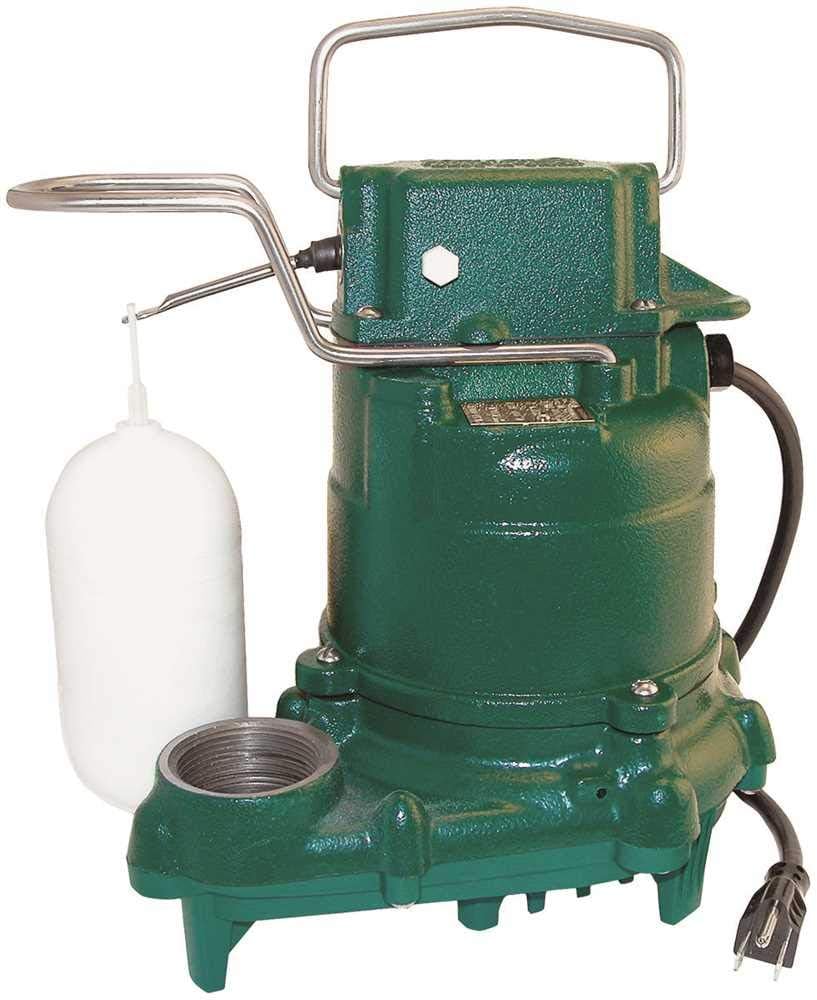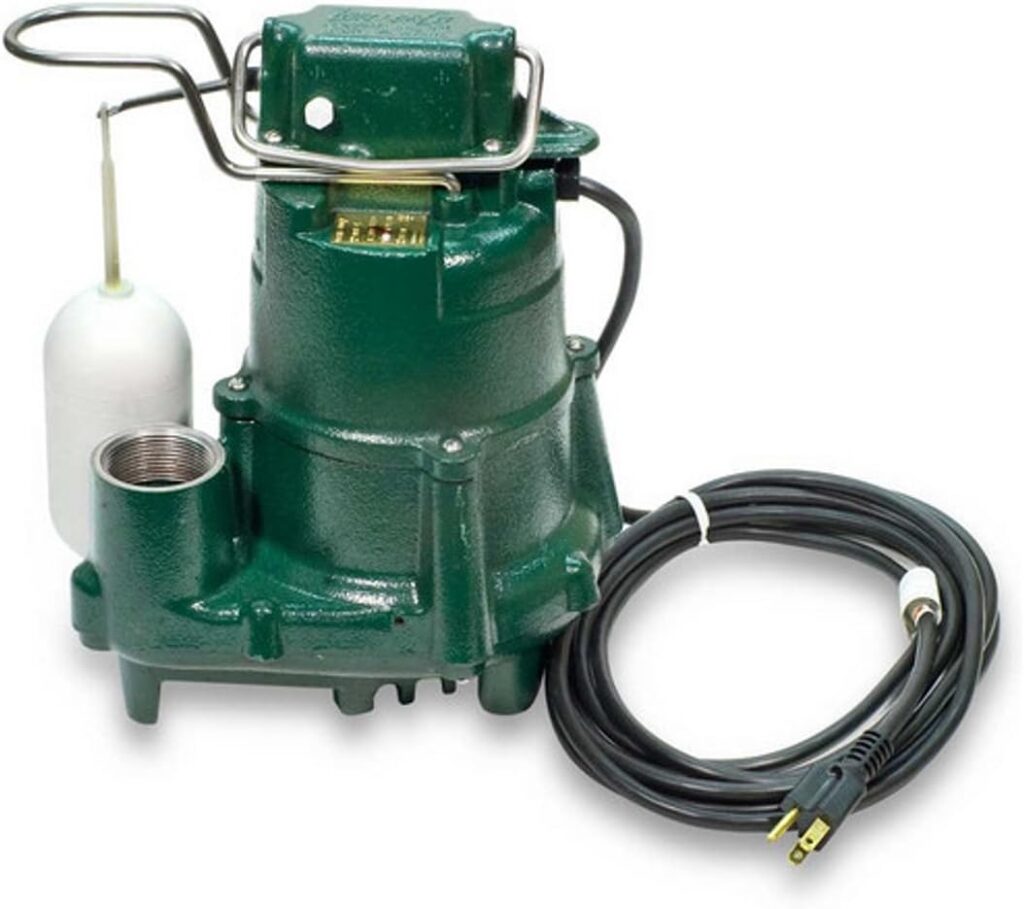Sump pumps are crucial devices for maintaining dry basements and preventing flooding in homes. Selecting the right sump pump and ensuring it’s appropriately sized for your needs can be the difference between a dry basement and a costly water damage disaster. In this guide, we’ll explore the factors to consider when choosing and sizing a sump pump to safeguard your property.
Understanding Sump Pumps:
A sump pump is a submersible pump placed in a sump pit, typically found in basements or crawl spaces. Its primary function is to pump out excess water that accumulates around a building’s foundation, preventing flooding and water damage. There are two main types of sump pumps: pedestal and submersible. Pedestal pumps have the motor mounted above the sump pit, while submersible pumps are designed to operate underwater.
Factors to Consider When Selecting a Sump Pump:
- Pump Type: Determine whether a pedestal or submersible pump is more suitable for your application. Submersible pumps are generally quieter and more aesthetically pleasing since they are hidden within the sump pit.
- Pump Capacity: Consider the amount of water your sump pump needs to handle. This is typically measured in gallons per hour (GPH) or gallons per minute (GPM). Calculate the pump capacity based on factors such as basement size, local rainfall intensity, and drainage conditions.
- Pump Power Source: Sump pumps can be powered by electricity or battery backup systems. Electric pumps are reliable but may fail during power outages, making battery backup systems essential for areas prone to storms or unreliable power grids.
- Pump Features: Look for features like automatic float switches, which activate the pump when water levels rise, and built-in alarms to alert you of pump malfunctions or high water levels.
- Durability and Warranty: Invest in a high-quality pump with a durable construction and a reliable warranty to ensure long-term performance and peace of mind.
Sizing the Sump Pump:
Proper sizing is critical to ensure your sump pump can effectively manage water infiltration. Follow these steps to determine the correct pump size:
- Measure the area of your basement or crawl space in square feet.
- Estimate the depth of water infiltration during heavy rainfall or flooding events.
- Calculate the volume of water that needs to be pumped out by multiplying the area by the depth.
- Determine the pump capacity required to handle this volume of water within a reasonable time frame, considering factors like pump efficiency and drainage conditions.
Maintenance and Installation Tips:
Once you’ve selected and sized the correct sump pump for your needs, proper installation and maintenance are essential to ensure optimal performance:
- Install the pump in the lowest part of the basement or crawl space, preferably in a dedicated sump pit.
- Ensure the discharge pipe directs water away from the foundation to prevent water from recirculating.
- Test the pump regularly by pouring water into the sump pit and observing its operation.
- Clean the pump and sump pit regularly to prevent debris buildup and clogging.
- Schedule annual inspections and maintenance checks by a qualified technician to identify and address any issues early on.
Conclusion:
Choosing and sizing the correct sump pump is crucial for protecting your home from water damage and maintaining a dry, habitable space. By considering factors such as pump type, capacity, power source, features, and durability and following proper installation and maintenance practices, you can ensure your sump pump functions reliably when needed. Don’t wait until it’s too late—invest in the right sump pump today to safeguard your property against flooding and water infiltration.
Here are some of our recommendations


Leave a Reply
You must be logged in to post a comment.